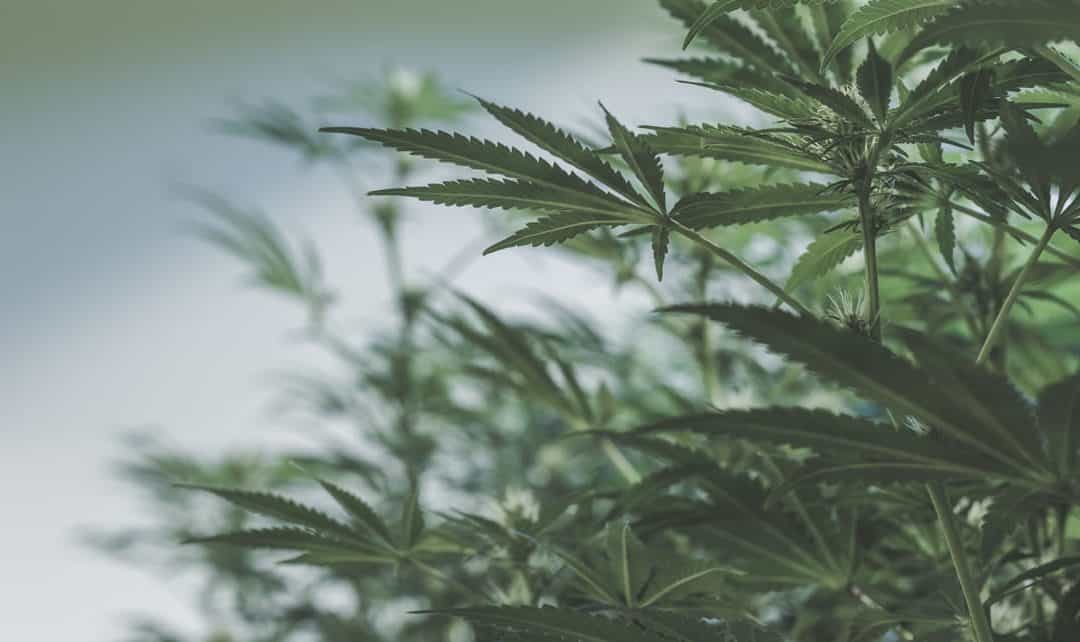The sale of marijuana, along with growing a few plants, is now legal. How to manage the sale of marijuana and the potential tax base it will provide is being widely studied and debated across all media platforms and by all levels of government. However, what’s not being as hotly debated is what this could mean for the sale of your house or, worse yet, what happens if you buy a hazardous home.
Growing cannabis indoors requires high humidity and high temperatures. These conditions create perfect conditions for mould and fungus to grow and spread, which is difficult and expensive to remediate. The risk is uncontrivable: mould poses serious health and safety issues for home buyers. This is why cannabis grow-operations, regardless of size, have been villainized in the real estate industry.
In the past, grow-ops were easier to identify: the home was typically abandoned, boarded and unkept. Heating bills were unusually high and the neighbours, should you ask them, would tell you of their suspicions. This is all about to change.
The federal legislation allows individuals to grow up to four plants in their home. While there are corresponding fire, plumbing and electrical regulations, it’s highly unlikely that everyone will comply. When legalization occurred in Denver, Colo., for example, one in 10 homes grew marijuana and very few complied with the health and safety regulations created to prevent the growth of mould and damage to the structure of the homes.
Limits on home growth and ensuring health and safety compliance in someone’s home – as opposed to a business – is hard to police. If you’re growing four plants, for example, and need to keep a certain level of humidity and heat, how can you prevent mould from building and then spreading?
The risks extend just beyond health. Some Realtors have shared cases with the Ontario Real Estate Association where buyers purchased a home, had the property remediated and brought up to building code standards, but were denied insurance coverage.
There’s serious lack of clarity regarding how home insurance compliance will fit into the legalization puzzle and what level of remediation is acceptable to obtain insurance. What’s also unclear is whether or not legal marijuana “grow-ops” pose a stigma that needs to be disclosed by either Realtors, when appropriate, or by the seller. Who’s responsible, for example, if a seller covers up the legal “grow-op” with a fresh coat of paint? Does that even need to be disclosed? When does a legal grow up become one that needs to be reported due to health and safety issues?
Home inspectors, one could argue, can be the shield to protect an unsuspecting buyer. The problem is that home inspectors do not have any mandatory training on how to identify a former marijuana grow-op – legal or not.
The best solution as a buyer is to ask the seller pointed questions about whether marijuana was grown or known to be grown in the home. Meanwhile, the public should support the real estate associations along with the Canadian Medical Association, the Canadian Association of Chiefs of Police and the Canadian Federation of Apartment Associations’ position that “no personal cultivation of cannabis be allowed inside homes and any provisions related to indoor personal cultivation be removed from the legislation and regulations.”
Natalka Falcomer is a lawyer, real estate broker and Certified Leasing Officer who started her real estate career in private equity. She created, hosted and co-produced a popular legal call-in show on Rogers TV and founded and recently sold Groundworks, a firm specializing in commercial leasing law. She is currently the Chief Real Estate Officer of Houseful.ca, leading the development and expansion of the company’s personalized home buying and selling experience for the Canadian market. She sits as an advisor on NAR REACH Canada and is the former multi-year board member of the Ontario Trillium Foundation.













